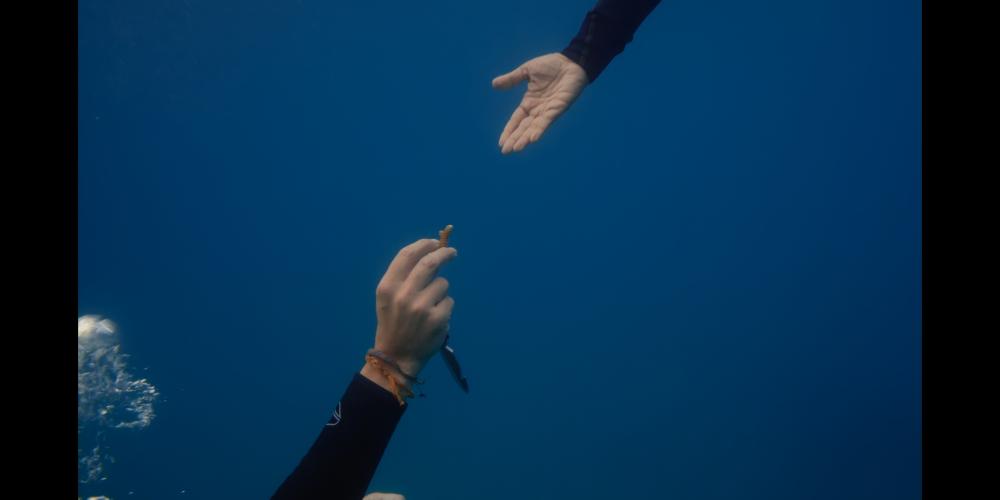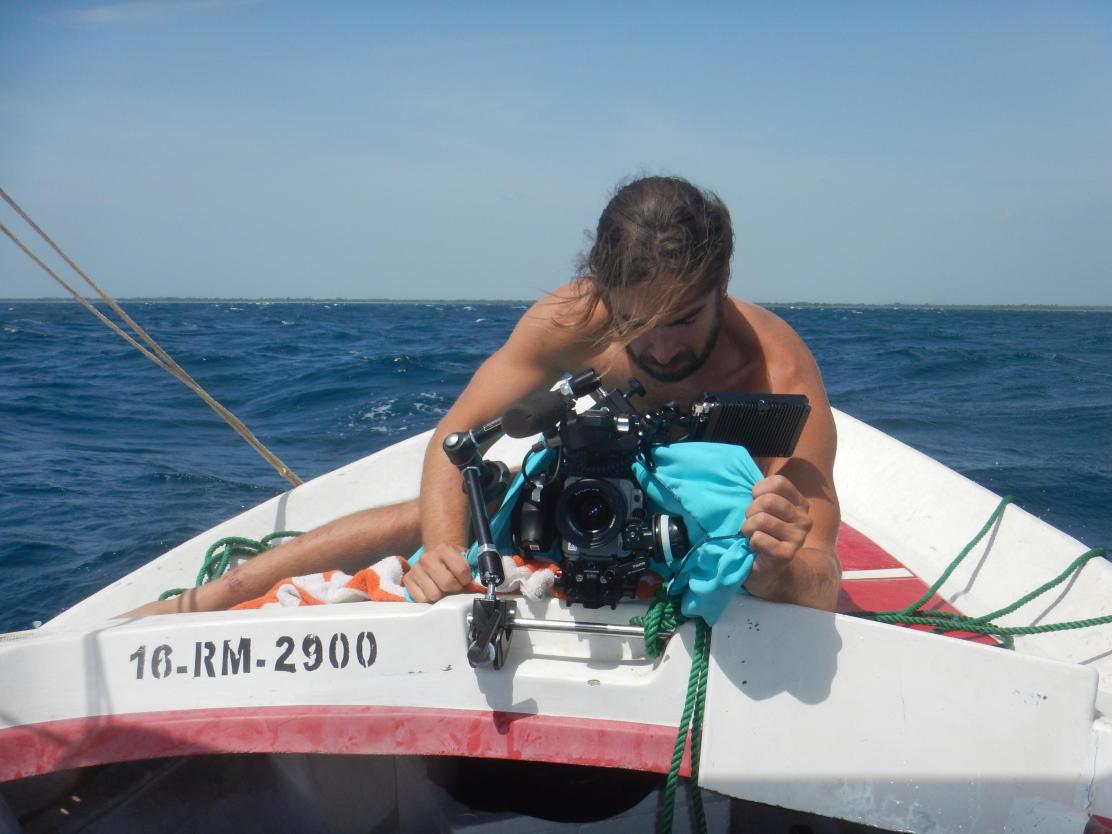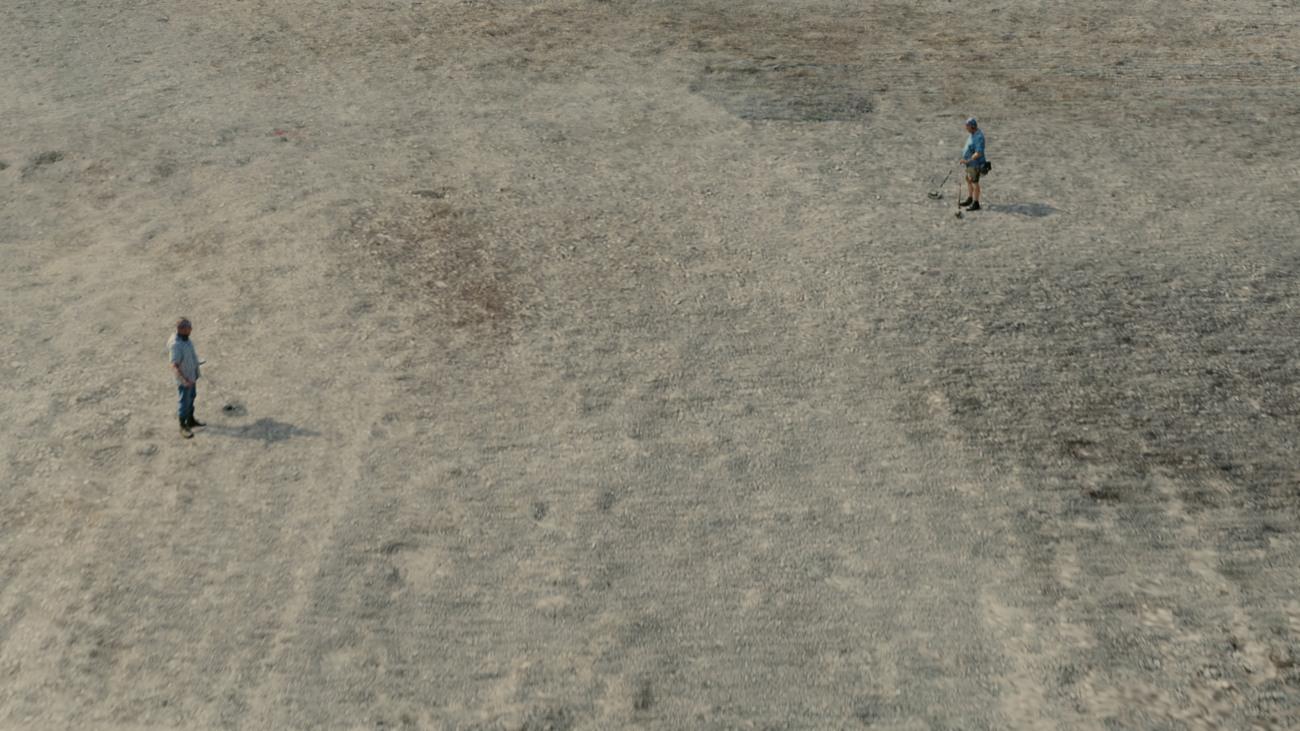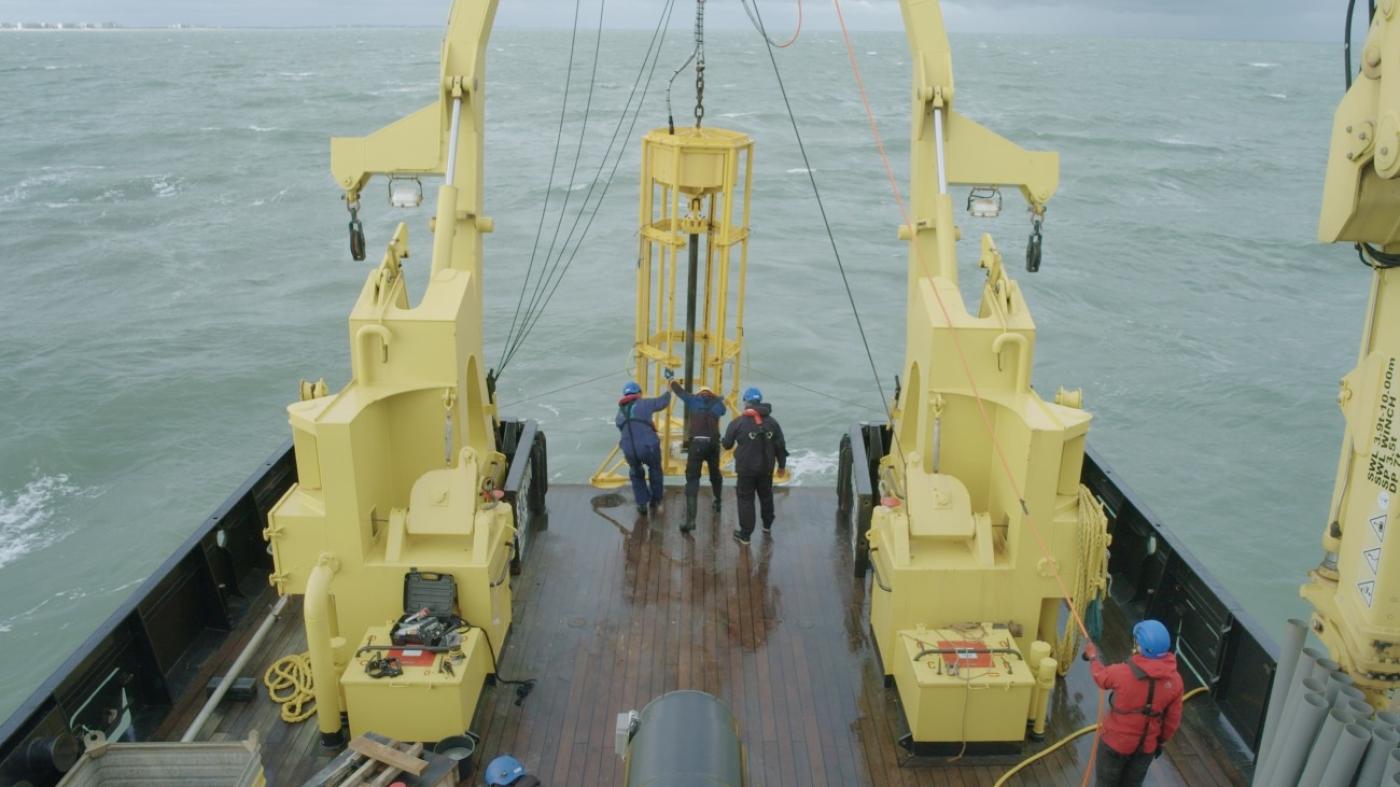
In 2023, the Leuven documentary festival Docville introduced a new section: ScienceVille, showcasing scientific documentaries. Two mini-documentaries – Coral City and Testerep – have since been created thanks to Science Pitch, an open call that offers researchers €40,000 and the chance to work with filmmakers. On 21 March, two VUB researchers, Marc Kochzius and Soetkin Vervust, will see the world premiere of their research played out on the big screen.
Professor Marc Kochzius studies coral reefs around the world. For the documentary Coral City, filmmakers Charlotte De Cort and Camille Ghekiere followed him to Sri Lanka.
Why did you choose to take part in the Science Pitch?
“Science communication is something that’s close to my heart. My expeditions are paid through taxes, so I think the public have a right to know what I’m doing. And if you get the chance to make a professional documentary, you can’t let that pass you by. It means you can reach a lot of people, first at ScienceVille and then later on Canvas.”
How did the story take shape?
“We’d already planned an expedition to Sri Lanka for the summer after the pitch, to study the coral reefs there. I invited the filmmakers to join us. Before that, I explained my research to them in two long conversations. They needed to understand what the work was about if they were going to make the documentary. I left the practical operations up to them. To begin with, they wanted to build the story around me, but when they met Kushlani Dissanayake, the local scientist I work with, they thought it would be more interesting to focus on her. That was a good choice, because we’re no longer in an age where we in the global north travel to the global south to carry out our research without contact with local scientists. So the documentary opens with Kushlani and her daughter and shows how closely connected their daily lives are to the sea. Then the focus shifts to coral research in Sri Lanka, but it also zooms out. The reefs in the Indian Ocean are genetically linked to each other via larvae – the precursors of corals – that drift with the currents.”
Why do you think your pitch was selected?
“On the one hand, you have the diving, the adventure and the colourful underwater images of the reefs. At the same time, there is the global problem of the warming of the oceans and the bleaching of coral reefs. The documentary also covers that. I think this combination can really speak to a wide audience.”
How did the collaboration work on location?
“We travelled together for two weeks. The days are long on a trip like this. In the morning, we always dive, and in the afternoon, the samples we collect have to be preserved and documented. This time, they had to make special shots and carry out interviews. I think they shot 30 hours of video material for a 20-minute documentary. It was intense but I enjoyed it.”
Was it technically challenging to film underwater?
“Fabrice, the cameraman who joined us, had no experience of filming underwater and he didn’t have a diving licence. He gave it a try, with an instructor, but it was too difficult. In the end, my PhD student Stephen did the underwater filming. I gave him a bit of technical advice, because I have lots of experience of underwater photography.”

Bio Marc Kochzius
Professor Marc Kochzius is a marine biologist who studies coral reefs around the world.

Landscape archaeologist Soetkin Vervust coordinates research on Testerep, a sunken island off the coast of Belgium. In the eponymous documentary, filmmaker Vincent Langouche shows what that research looks like in 2024.

Testerep has been called the Atlantis of the North Sea. Does it help you to raise funds if a project speaks to the imagination like that?
“I have actually noticed that people are really curious about the research. Lots of Belgians have a link with the coast, and the mysterious element of Testerep only makes it more interesting. So I expected that it would inspire the filmmakers too. After my pitch at Science Pitch in 2023, all eight filmmakers in the room came to talk to me about it. All of them immediately had ideas about how they would approach the documentary.”
Vincent Langouche got the job. How did the collaboration work out?
“Vincent had clear ideas from that first meeting. He was intrigued by how the work of an archaeologist – which for a long time was an artisanal practice – has grown, with all manner of advanced techniques. A lot of other parties are involved in the project too: as well as archaeologists, there are marine geologists, engineers and game developers working on it. Based on our own expertise, we each contribute pieces of the puzzle to unravel the evolution of our coastal landscape. Vincent wanted to portray this variety. To familiarise himself with our work and the partners, he attended one of our bi-monthly consultations. Once he understood the group dynamic and who does what, he did one-to-one interviews. Of course, we also told him when we had fieldwork planned. But he decided himself what he was interested in.”
Was the production process labour-intensive for you?
“It wasn’t, actually. It’s not only about my role; the attention was spread over the various research groups and their work. Vincent came to film me on two afternoons while I was working on the computer and on one occasion he joined a group of metal detectorists doing field work. Having him at our meetings and brainstorming sessions was also valuable. It was refreshing to hear from someone outside our research bubble about what aspects of the project they found interesting.”
What was the biggest challenge in making a documentary about your research?
“My only fear was that it would be too abstract for the viewer. There are so many angles. It’s not simple to show this multiplicity and still make a coherent 15-minute mini-documentary. I think Vincent found a good balance. There is enough to give the viewers an idea of what we’re working on, and at the same time it encourages them to seek out more information.”
What do you think of the result?
“I’ve only seen the documentary once, but I was impressed. I think the beauty of doing research really comes through. Vincent clearly explains the cooperation between the different parties. Each of us is working on part of it. We often work separately, but we have the same enthusiasm, and he has nicely woven this into a single story. It was also great to see what my colleagues showed or talked about, because we didn’t know that about each other.”
What does this documentary mean for your research?
“The Testerep project is part of the FWO’s strategic fundamental research programme. The programme’s objective is to create social impact, but the FWO doesn’t provide financing itself – you have to seek your own partners. For example, we’re working on an exhibition with the city of Ostend and a few provincial partners, and a play has been written inspired by the Testerep story. We see the documentary as a unique chance to present the research to an even wider audience. It will also be featured in the exhibition.”

Bio Soetkin Vervust
Soetkin Vervust is a landscape archaeologist and PhD researcher affiliated with the VUB. She coordinates the Testerep project, which is investigating how Belgium’s coastline has changed over the past 5,000 years.